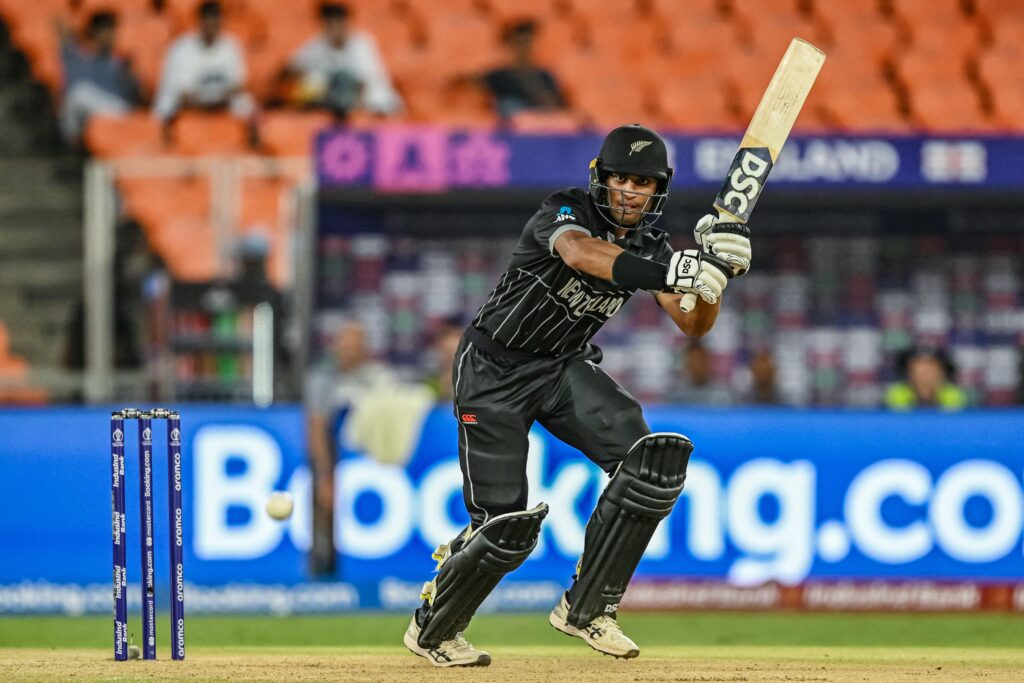This is what Kane Williamson had to say on being asked if his team were the underdogs, a day before the 2019 World Cup final against England at Lord’s: “Whatever dog we are, the focus is on playing good cricket. Anyone can beat anyone, we’ve seen that. Regardless of what breed of dog you are.”
It sparked laughter among the media attending that pre-match captains’ interaction. One of them even ran up to the New Zealand skipper after the session to check if he had pets. He then had to reveal what breed they were!
Williamson’s words made headlines. New Zealand lost in the most bizarre fashion – on the basis of boundaries scored. Perceptions did not change. In the 2023 World Cup opener against England in Ahmedabad, they were again the underdogs. An injured Williamson watched from the dugout this time as his team mauled one of the the pre-tournament favourites.
Chances are high that notions will not change. New Zealand will remain the underdogs when they face India, Pakistan and Australia. It perhaps does their team more good than bad, but this is one the misconceptions in cricket.
It’s known that New Zealand lost the finals in the last two 50-over World Cups. It’s not that frequently noticed that they were in the semi-finals in the two editions prior to those also. This makes them the only team to reach at least the last-four in 2007, 2011, 2015 and 2019.
They did this irrespective of conditions — in the West Indies, India, Sri Lanka, Bangladesh, Australia, New Zealand and England. The only team that betters this kind of a consistent run is Australia, who won the World Cup thrice from 1999 to 2007 after finishing second in 1996.
The pool of players Australia’s neighbours do this with makes their performance one of the wonders of cricket. According to 2021 figures, New Zealand is a nation of around 52 lakh people. Cricket is a distant second in the country, which recognises rugby as its national sport and other disciplines as outdoor activities. In a 2005 list of New Zealand’s top 100 personalities, Richard Hadlee was the only cricketer, in the 91st position.
Yet, they keep producing talent. Rachin Ravindra was the highlight of the opening evening. The left-hand batter, who had never batted above No. 6 in his previous ODI innings, blew away one of the best attacks while playing at No. 3. Quietly, Mitchell Santner tantalized batters with variations in speed and degree of turn at crucial stages of the England innings.
A bunch which toys with an era-defining team without three first-choice players has to have a few bases covered. New Zealand have demolishers and builders at the top and in the middle. There is a clutch of multi-purpose players. When all eyes were on Trent Boult and Matt Henry, occasional off-spinner Glenn Philips poached two wickets unnoticed.
If everyone is fit, there is swing, seam, speed and spin of a few varieties in their stock. Most of them are experienced bowlers. Irrespective of playing role, all of them back this with fielding, which comes naturally to them from the tackles made on the rugby field.
New Zealand also have a heritage of diverse schools in one-day cricket. Innovations like the pinch-hitter as opener and opening the bowling with a spinner under Martin Crowe in 1992, Bazball from Brendon McCullum in 2015 and some steady, conventional 50-over methods in between – they keep things ticking over. And reminding us from time to time that underdogs too have canine teeth, regardless of the breed.




